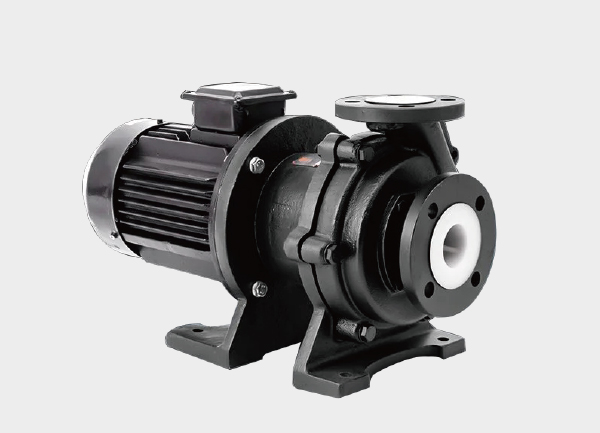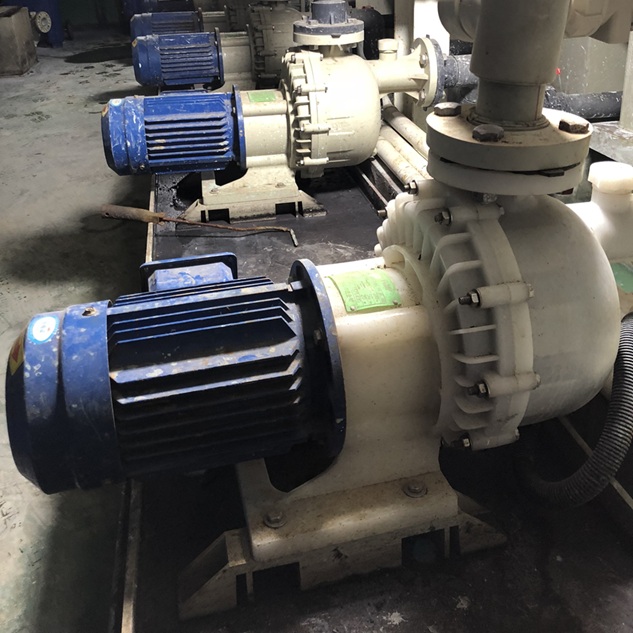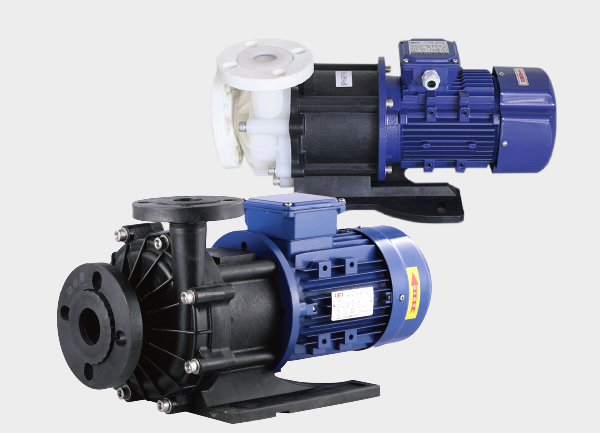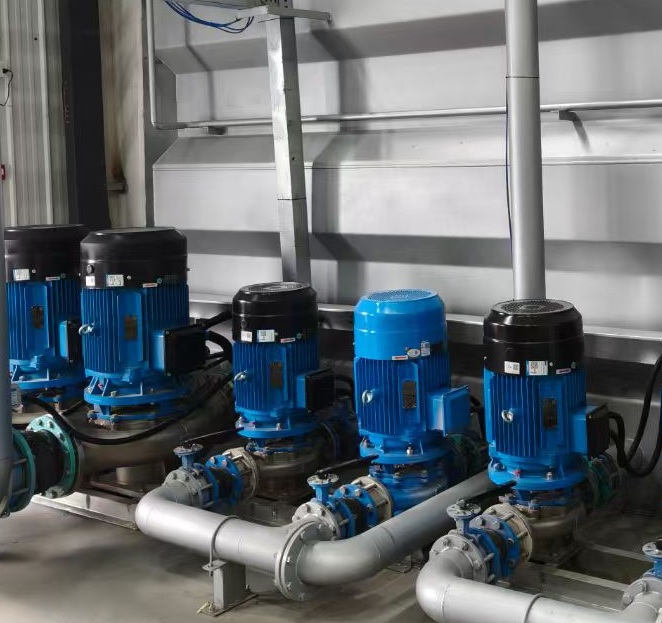1. Two Designs, One Magnetic Philosophy
Within the family of magnetic drive pumps, centrifugal and gear types serve opposite ends of the process spectrum:
Magnetic drive centrifugal pumps deliver high-flow, continuous operation for water, acids, and process liquids.
Magnetic drive gear pumps provide accurate, pulsation-free delivery for viscous or metered fluids.
Both share the same advantage — non-contact torque transmission through magnetic coupling, removing seals and leak risks altogether.
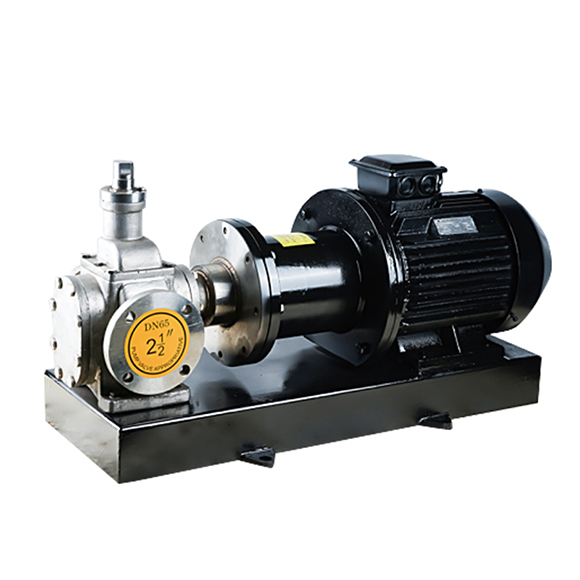
2. Magnetic Drive Centrifugal Pumps: The Process Workhorse
Centrifugal magnetic drive pumps dominate in chemical, plating, and wastewater plants due to their:
Hydraulic efficiency with optimized impeller geometry
Self-cooling flow path to stabilize bearing temperature
Non-metallic isolation sleeves preventing eddy-current losses
In continuous circulation or corrosive service, these pumps maintain stable performance for thousands of hours without seal replacement or lubricant contamination.
3. Magnetic Drive Gear Pumps: Precision Meets Durability
Where accuracy matters — additives, polymers, or lubricants — magnetic drive gear pumps excel.
The close-clearance gear design ensures precise dosing, while magnetic coupling keeps the drive side isolated from the fluid.
Even at viscosities above 20 000 cP, magnetic gear pumps maintain consistent torque and eliminate leakage pathways common in shaft-seal systems.
4. Built for Harsh Media and Extreme Conditions
Modern magnetic driven pumps are engineered for:
High temperature (up to 450 °C with SmCo magnets)
High pressure (up to 5 MPa using reinforced isolation shells)
Highly corrosive acids (H₂SO₄, HNO₃, HCl)
Crystallizing or particle-laden fluids (with abrasion-resistant bearings)
Material customization — stainless steel, Hastelloy, or fluoroplastics — allows perfect matching of chemical compatibility and mechanical strength.
5. What Engineers Really Evaluate When Selecting a Mag-Drive Pump
Magnetic torque stability and heat rise — determines long-term reliability.
Isolation-sleeve design — affects eddy-current losses and temperature limits.
Bearing and lubrication path — defines dry-run tolerance and service interval.
Understanding these parameters turns pump selection from guesswork into predictive engineering — ensuring uptime, safety, and compliance.
6. Looking Ahead: Integration and Intelligence
Next-generation centrifugal magnetic drive pumps and gear-type mag-drive systems now integrate digital monitoring, automatic shutdown for dry-run protection, and modular replacement kits.
This shift moves magnetic pumps from a niche safety component to a core element of smart, leak-free process systems.



